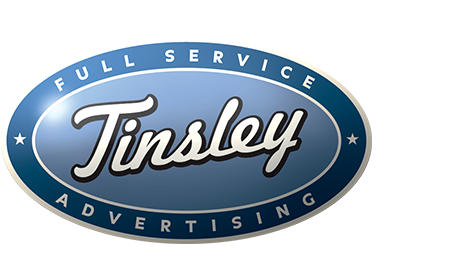The End of Cold Calling
by Mark Slatko
I’m posting this article by Tim Williams on the death of cold calling, written a year ago. It’s a great article and has never been more relevant (he also wrote an article called “Evolve or die”). Interesting to note that his “multi-dimensional publicity plan” for agencies to market themselves doesn’t include Twitter. This is because, again, the article was written a year ago when Twitter was still an infant. I’m sure his list would have evolved to include Twitter today. The toolbox for agencies to market themselves has never been more full.
Cold calling has always produced only modest results and today’s avoidance-enabling technology only makes it easier for prospects to hide from your phone calls and ignore your e-mails. I routinely hear from agency principals how traditional new business prospecting methods are becoming less and less effective.
Hard to reach
The dynamics that make it more difficult to reach a client’s prospective customers are the same forces that make it harder for agencies to reach their own prospective customers: media proliferation, multi-tasking, message overload, and short attention spans.
If you feel guilty for not spending enough time cold calling and cold e-mailing, here’s a really good excuse to stop: it doesn’t work.
A better alternative
Management genius Peter Drucker preached that a good marketing program makes sales irrelevant. Says Drucker, “The aim of marketing is to make selling superfluous.” The aim of marketing is to make a product so relevant and compelling that it literally sells itself.
If you think this is mere hyperbole, consider the outrageously successful iPhone. Can you imagine ever seeing an iPhone salesman? Instead, eager customers are lined up in front of Apple and AT&T stores for hours.
If agencies spent more time and energy on making and marketing a relevant, differentiated “product” (their own agency), they could spend a lot less time and energy trying to sell it.
A multi-dimensional approach
Witness the hyper-successful Crispin Porter + Bogusky. Not only have they devoted themselves to making a differentiated product, but they have invested considerable time and money marketing the CP+B brand to the business community. Getting mounds of press – both offline and online – is the result of a concerted effort by a dedicated team of PR professionals whose only client is the agency.
Most of the agencies that constantly kick themselves for not devoting enough effort to “prospecting” are the same ones that have devoted below-average resources to marketing their own brand. That’s no coincidence.
In addition to focusing on the business press, entering the awards shows, and joining business organizations, the most progressive agencies have also engaged in an online conversation with both their peers and prospects. In place of a traditional PR plan, you need a multi-dimensional publicity plan that includes:
(both offline and online)
The only limit is the amount of creativity you apply to marketing your own brand. So stop thinking sales and start thinking marketing, which starts with how your firm is positioned in the marketplace. Trade the time and money you spend “selling” your brand and invest it instead in differentiating and marketing your brand and you’ll get a much better return on your investment.
– Tim Williams, Ignition Consulting Group

